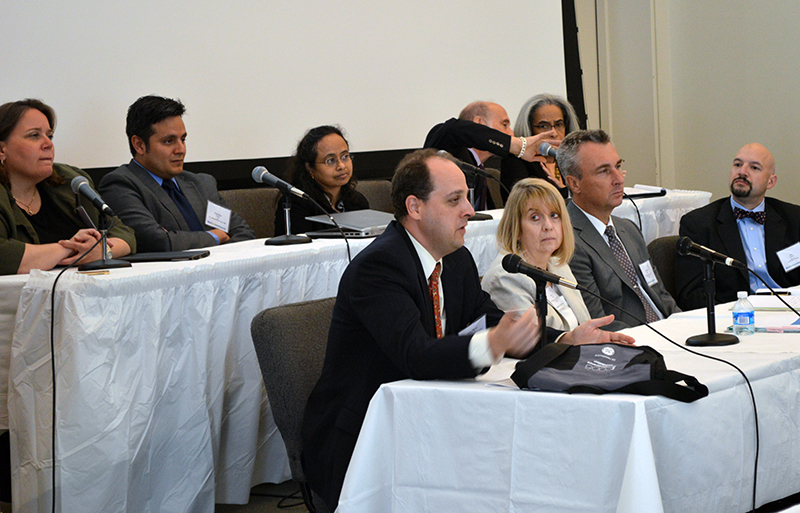The Basics: A combination product consists of two or more different medical products such as: drug + device; biologic + drug. There are three types: a single-entity, co-packaged, or cross-labeled. Combination products are assigned to a lead center based on the primary mode of action.Last month, experts in medical device, drug and biologics gathered to discuss the combination product development from concept to postmarket. As the centers work harder to communicate with each other, the Office of Combination Products is focused on providing one voice for FDA. Here are some FY 2014 stats and what you can expect from the agency this year.
FY 2014 Premarket Submissions for Combination Products = 313
- Assigned to CBER: 44
- Assigned to CDER: 154
- Assigned to CDRH: 115
Source: FDA data
FY 2014 Inter-Center Consultation Requests = 1013
- CBER sent 48
- CDRH sent 322 (318 went to CDER)
- CDER sent 643 (636 went to CDRH)
Source: FDA data
FDA’s 2015 Guidance Documents & Rules

- January 2015: Draft guidance, cGMP Requirements for Combination Products, released
- July 2015: Projected completion of draft guidance, Role of Human Factors Studies in Combination Product Design and Development (Currently in the clearance stage, so if delayed this month, expect to see it by the fall)
- December 2015: Projected completion of final guidance, Glass Syringes for Delivering Drug and Biological Products: Technical information to Supplement ISO 11040-4
- December 2015: Projected completion of final guidance, Submissions for Postapproval Modification to a Combination Product Approved Under BLA, NDA, or PMA
Other activities
- Inter-Center Consult Process Study (analysis is almost complete)
- Communication enhancements to Combination Product IT Database
- Inter-Center review and compliance procedure
- Internal combination product workshop





